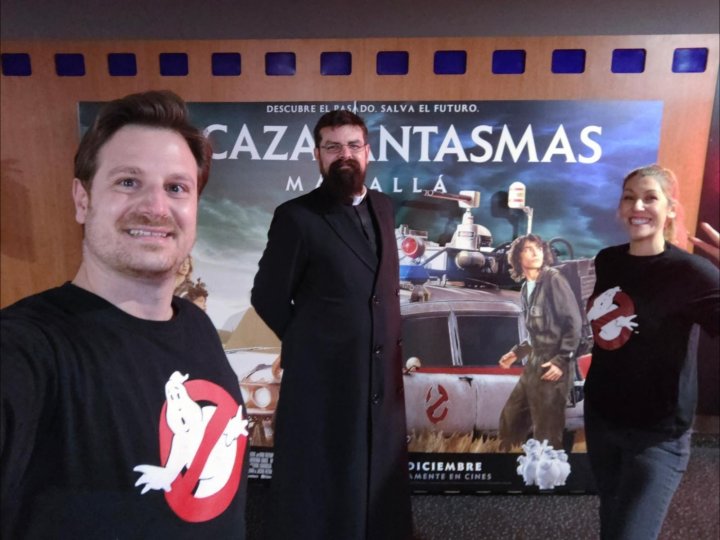Something common among moviegoers around the world is our obsession with organizing films into lists (themes, favourites, etc.), the taste for books that summarize films according to the year or decade or genre, or those interviews where a filmmaker asks you to name your favorite movies.
It is as if movie lovers wanted to put an impossible order in the chaos of films in history.
The other day, wandering through the cinema section of a bookstore, something I try to do frequently, I came across the volume “My 100 best religious cinema films”, written by Eduardo T. Gil de Muro.
According to the back cover, his proposal is far from those surveys where the film critic or director has to answer in a hurry because they have been asked the question about their favorite feature films and they often do it without thinking, citing the first thing that comes to mind. memory: in this volume, on the other hand, there is a reflection and a revision around each title. This kind of guide or manual includes black and white photographs, is inexpensive and has just over 100 pages.
Then I noticed that the book was published quite a few years ago. But the fact that it is present in some bookstores is a good sign: it means that it is still being consulted and read. And, apart from the classics and the titles that time has not diminished popularity, he also cites cult films that perhaps the new generations do not know and that are highly esteemed, such as “Goodbye, boys”, “The legend of the saint drinker” or “Babette’s Feast”.
And at home I did some research on its author: Gil de Muro. Apparently he had died in 2012, in Burgos. As reported by the Ecclesia Magazine, Eduardo Teófilo was a priest, a Discalced Carmelite, a writer, a film critic and a “fertile and brilliant lecturer and columnist and former director of three of his religious programs on TVE.” Among his extensive bibliography we find titles such as “Under the feet: Life of Saint Teresa of Jesus”, “That man called Jesus”, “This was Fray Juan”, “The Jesus of the Gospel” or “The women of the Bible of the A to Z”. He published around 60 books, which confirms his more than prolific streak.
Ed. Homolegens
The 100 of José María Pérez Chaves
A work with similar characteristics, although with a hard cover, many more pages, more images and longer texts, is “100 Christian Movies” (the deluxe edition has 630 pages), published by the priest José María Pérez Chaves, interviewed in Aleteia last year on the occasion of said work.
With this exhaustive work he wanted to underline the importance of the Catholic religion in the History of Cinema. Among other interesting things, I rescue this phrase: “I have seen a lot – a lot – of movies, and all that viewing has helped me to value movies as a very important training tool”.
Consulting the index of both works, and although they coincide in many titles, there are others that only appear in one or the other of the books. In Pérez Chaves’s almost all the films are indisputable, and the index is very appealing, given that it contains numerous masterpieces: “How green was my valley!”, “The law of silence”, “Ordet”, “The seventh seal”, “The Passion of the Christ” or “The Tree of Life”. But the big surprise is that it includes fascinating films that, as in the case of Muro’s book, are less well known and should be discovered by new generations right away: “The Tree of Clogs”, “Sacrifice”, “Twilight Lands”, “The oil of life” or “Gattaca”.

@paterjm

